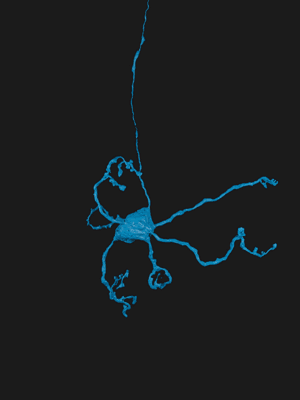Scientists at St. Jude Children’s Research Hospital identified skull deformation as a potential culprit for causing symptoms of 22q11.2 deletion syndrome.
Tag: Cerebellum
Researchers Identify Potential Therapeutic Target for Management of Thirst Disorders
In a recent mouse-model study, published in Nature Neuroscience, researchers at University Hospitals (UH), Harrington Discovery Institute at UH, and Case Western Reserve University have now found that the cerebellum also controls thirst, a major function necessary for survival. Specifically, the research team found that a hormone, asprosin, crosses from the periphery into the brain to activate Purkinje neurons in the cerebellum. This leads to an enhanced drive to seek and drink water.
Scientists Pinpoint Growth of Brain’s Cerebellum as Key to Evolution of Bird Flight
Evolutionary biologists at Johns Hopkins Medicine report they have combined PET scans of modern pigeons along with studies of dinosaur fossils to help answer an enduring question in biology: How did the brains of birds evolve to enable them to fly?
Distinct types of cerebellar neurons control motor and social behaviors
The cerebellum, a major part of the hindbrain in all vertebrates, is important for motor coordination, language acquisition, and regulating social and emotional behaviors. A study led by Dr. Roy Sillitoe, professor of Pathology and Neuroscience at Baylor College of Medicine and investigator at the Jan and Dan Duncan Neurological Research Institute (Duncan NRI) at Texas Children’s Hospital, shows two distinct types of cerebellar neurons differentially regulate motor and non-motor behaviors during development and in adulthood.

A New Field of Neuroscience Aims to Map Connections in the Brain
Scientists working in connectomics are creating comprehensive maps of how neurons connect to one another
Study Reveals Additional Representation through Brain’s Somatomotor System
Article title: A third somatomotor representation in the human cerebellum Authors: Noam Saadon-Grosman, Peter A. Angeli, Lauren M. DiNicola, Randy L. Buckner From the authors: “We provide reliable evidence that the human cerebellum possesses three spatially distinct representations of the…